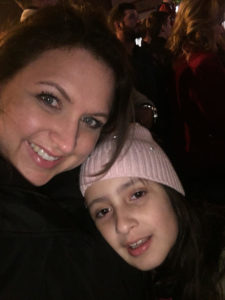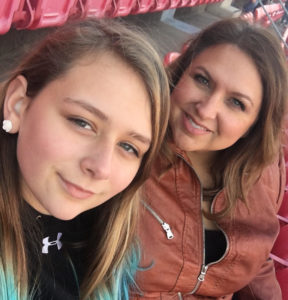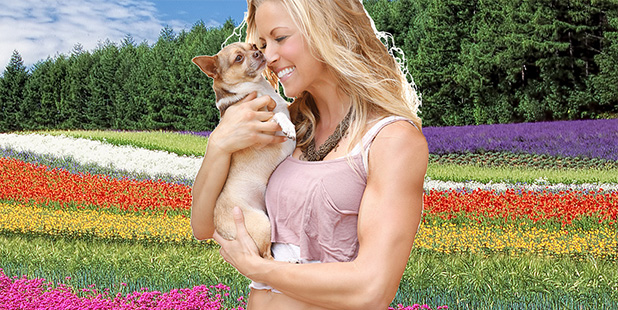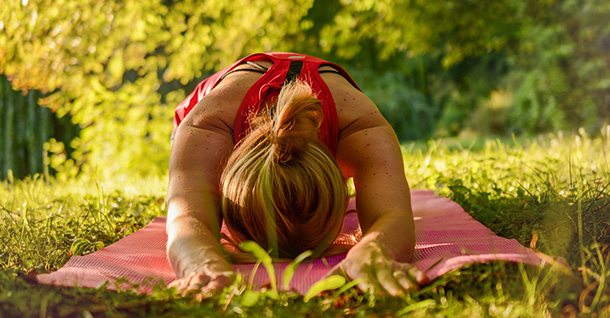PART I
It all started when I was seven years old.
My mom had picked me up after school to take me to gymnastics practice and asked how my day was. I told her we had learned about Daniel Boone (in case you don’t know, Daniel Boone was one of our first American folk heroes who infamously carried around a shotgun and wore a raccoon hat).
I was confused. “Daniel Boone was supposed to be a hero mom, but he was not.” I said. “He was a mean man. He killed and ate animals!”
My mom was honest with me. She said, “Well Ella, we are just fortunate now-a-days. Unlike Daniel Boone, we get to go to the grocery store to buy our meat.”
It was at that moment that I connected the food on my plate with the animal that it was. I was horrified! I told my mom, “I’m not going to do that anymore.”
That was it – I never ate meat again.
I was extremely fortunate to have such loving parents. They gave me the freedom to explore who I was, and what was most important to me in this world.
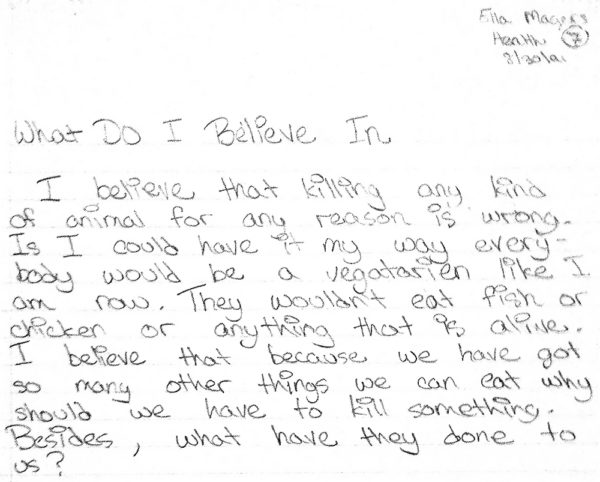
Not only did I stop eating meat, but I had also discovered my purpose in life. Every chance I got, I wrote about how it simply made no sense for people to eat animals. Why would we kill another living being when we can easily live without inflicting such suffering?
I couldn’t understand how anyone could love their dog and then turn around and eat a pig. I saw all creatures on this earth as equal in their right to live. And I saw us, as humans, the only species with the ability to consciously choose whether or not we eat other animals.
These strong beliefs came with a lot of weight, especially as I started getting older and discovered the truth about factory farming. I sought out information, and what I discovered was much worse than the image of Daniel Boone shooting Bambi that originally caused me to stop eating meat.
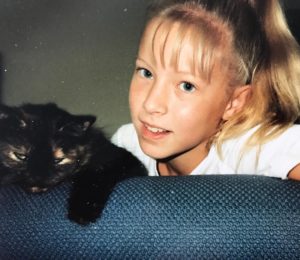
The undercover photos and videos I found of factory farmed animals felt like a knife in my gut. It was like I could feel the suffering of the animals and it tore me apart.
When I discovered that the cruelty of the dairy and egg industries was no less than the cruelty of the meat industries I immediately went vegan. I was fifteen.
In my young mind, I thought that if only people knew the truth then surely they would go vegan like me. I didn’t see myself as different. I just thought I had discovered something other people were not yet aware of since the information back then was not readily available.
I therefore set out to spread awareness. I was a leader in a local animal rights group, organizing protests and leafleting every chance I got throughout my teenage years.
I sat in cages on the sidewalk demonstrating the cramped conditions of chickens in battery cages. I wore buttons on my shirt at school, asking people to boycott companies that tested on animals. I led protests outside of fur stores, circuses, and pigeon shoots. I was on a mission!
PART II
After a while, I came to understand that many people simply did not WANT to know the truth about where their “food” came from.
I was right that many people were unaware of the extent of the cruelty, but I was incorrect in thinking that simply presenting them with the information would be enough to motivate people to go vegan. This was a tough realization but it certainly didn’t stop me. I knew I’d be fighting for animals until the day I died. It was just a matter of HOW I was going to go about fighting.
Now don’t get me wrong… I believe we absolutely need those on the front line of this bloody battle. People to risk their freedom and even their lives to expose what goes on behind the closed doors of factory farms.
We need people telling it like it is without concern for people’s feelings. I realize that may sound harsh to some, but there are millions of animals suffering, in horrible pain, and dying horrible deaths every second of every day.
These animals, just like dogs and cats, experience love, happiness, grief, pain. If these were millions of dogs, almost everyone would be on board. They wouldn’t be calling the vegan movement “extreme”. But why? Why does a dog deserve life and love, and a cow does not?
The problem is that people don’t want to let go of their defenses. It would make them wrong. It would mean experiencing negative emotions, including guilt, if they choose not to change their ways. Change is uncomfortable. Discomfort, however, is an investment in personal growth. Discomfort is the price of achieving not only a happy life, but also a meaningful life.
Going vegan is about wanting to make conscious choices. It’s about wanting to align your actions with what you truly value in life. It’s about not allowing yourself to say, “I love animals” and then turn around and eat their dead bodies. I learned that people have to be ready to open their minds and their hearts and care about the impact their choices make on other living beings and on the world, and to be willing to make a change.
Another important factor is believing that your voice, and your choices make a difference! Over 20 years after I led my first circus protest, in 2017, Ringling Brothers and Barnum and Bailey Circus took animals out of their acts. That’s a huge deal, and it happened in my lifetime. What’s 20 years of effort to save the countless elephants who will now be spared a life of captivity and exploitation?!
PART III
I would call the vast majority of my adult life, up until just a year ago, a period of life-experimentation, self-exploration. I experienced a lot of joy and excitement, but also dealt with a lot of shame and frustration.
Although I would never wish many of my experiences on anyone else, I wouldn’t take back even the most painful parts. Every experience provided me with an opportunity to learn and grow. I see now just how resilient I am, and how cool is it that we can rewrite the stories we create about who we are and what we are capable of. I love knowing we are that powerful! Let me explain.
It started with my first serious boyfriend. He was an alcoholic and a drug addict. It was during my time with him that I wrote my story about being “unworthy” and “not good enough”. From there my self-image went downhill. It was like I felt that, beyond my mission of fighting for animal rights, I really didn’t matter.
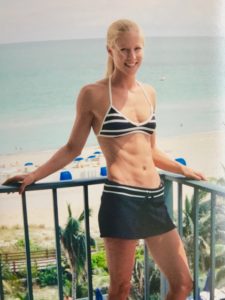
For the next 15 years I worked in the fitness industry and struggled in secret with a distorted body image, disordered eating, depression, anxiety, and terrible insomnia.
Women were amazed by my strong, lean body and I was a walking billboard for the anti-stereotypes of what a vegan looked like. I inspired more people to start the transition to plant-based just by keeping myself in tip top shape, than anything else I could say or do.
I put a ton of pressure on myself to be the shining example of a healthy, fit, vegan, which meant I couldn’t share my struggles.
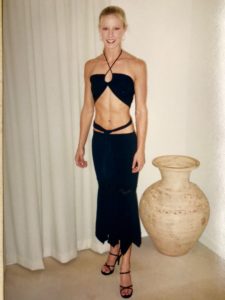
I was carrying around a lot of shame, which contributed to the disordered eating patterns. I would restrict my food intake, count calories, track macros, and walk around hungry 95% of the time. The other 5% I was binging, ashamed and alone (I could down an entire jar of peanut butter in one night).
The pressure I put on myself also led to body dysmorphia. I saw and felt fat that wasn’t there. After a devastating break-up from my fiance, I remember challenging myself to see if I could get below 100 pounds. I’m not one to lose a challenge and I managed it. I’m 5’7”.
My own food intake and weight were something I had control over. And with so much else out of my control I think that subconsciously, it gave me comfort.
PART IV
It was a long, agonizing journey for me to come to terms with, and work though, my disordered eating and body image issues. It wasn’t until 2016, many years after I had built a name for myself with my brand, Sexy Fit Vegan, that I made it my mission to change my story of being unworthy and not good enough, and to heal myself.
I had worked my ass off creating my website and blog with the purpose of educating and inspiring people, but there was a disconnect between me and the people I aimed to help. I was frustrated by the lack of engagement.
It finally hit me like a ton of bricks… It wasn’t about people lacking the desire to engage, it was about me not being honest with them or myself. I was presenting only the good, and continuing to hide all my struggles. Who can relate to someone who appears to have it all together?!
I set out to rid myself of the shame by getting vulnerable and sharing my struggles. I decided to not only come clean to my friends and family, but to all of my followers as well, which I did in 2017 with a series of blog posts I called “My Journey from Disordered Eating to Plant-Empowered Living.” Out of sharing came a sense of empowerment like I’d never experienced before. I finally felt free in my authenticity.
Now don’t get me wrong. The negative self-talk didn’t just disappear all of a sudden. It’s a process. I discovered a self-coaching system that allowed me to consistently do the work needed to finally reprogram my brain, rid myself of the limiting beliefs keeping me stuck, step into my power, and access the happiness that is already deep within all of us!
I then developed my transformational MASTER CLASS, started the Empowered Vegan Life Facebook Group, and created the Plant-Empowered Coaching Program to serve people who not only have the desire to transition to a healthy vegan lifestyle, but are also struggling with shame, an unhealthy relationship with food and their bodies, and are engaging in self-sabotaging behaviors that are preventing them from reaching their potential.
The coolest part is that what took me years to figure out is now serving people to their freedom in just six months!
The new program is based on true transformation through empowerment and self-love. It’s built on the basis of aligning your actions with your values. It teaches people to approach themselves with curiosity and compassion, to accept and respect themselves and their bodies. It coaches people down the path toward not only a healthy and happy life, but also a free and meaningful life. It coaches people to a place where they become the inspiration for others and make a positive impact in the world.
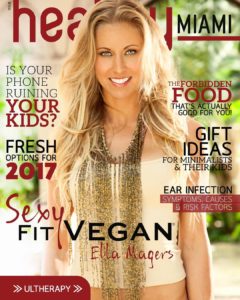
And though the program successfully helps people adopt a healthy, fit, vegan lifestyle, the focus in not about food! You see, for the people I work with, feeling powerless over food is just a symptom. And the countless diet plans and training programs they’d been beating themselves up over, were attempts at putting Band-aids on wounds that needed major surgery.
And this leads me to where I am today! Continuing to spread my message of veganism through empowerment, through aligning your actions with your values and rewriting your story with self-love as the foundation.



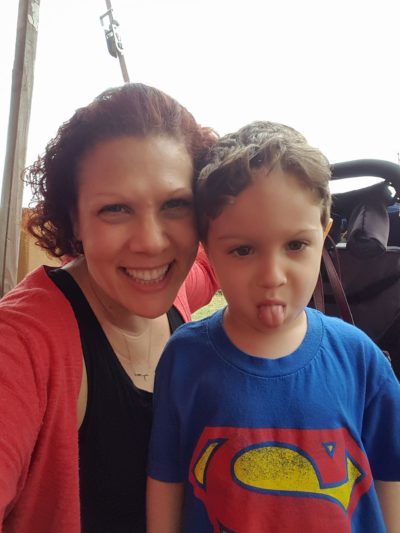
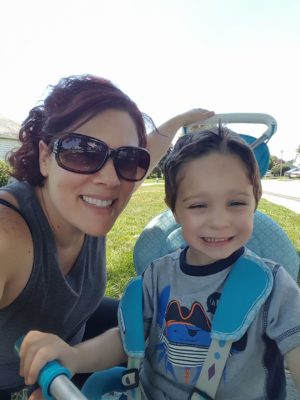
 My mother had this sign hanging on the kitchen wall for my entire childhood. While we always had a clean home, my mother never worried if our toys were in the living room because that meant we were having fun and that was more important to her than having everything in its place at all times.
My mother had this sign hanging on the kitchen wall for my entire childhood. While we always had a clean home, my mother never worried if our toys were in the living room because that meant we were having fun and that was more important to her than having everything in its place at all times. 


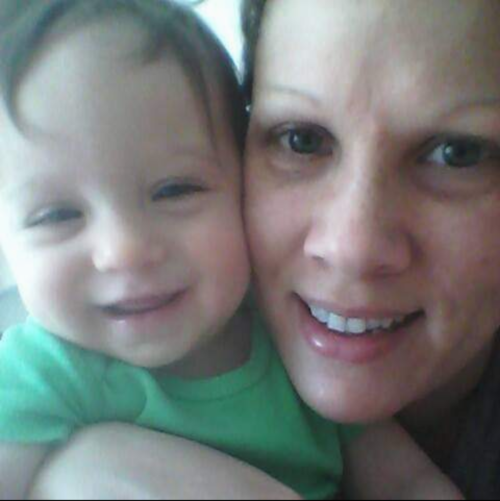
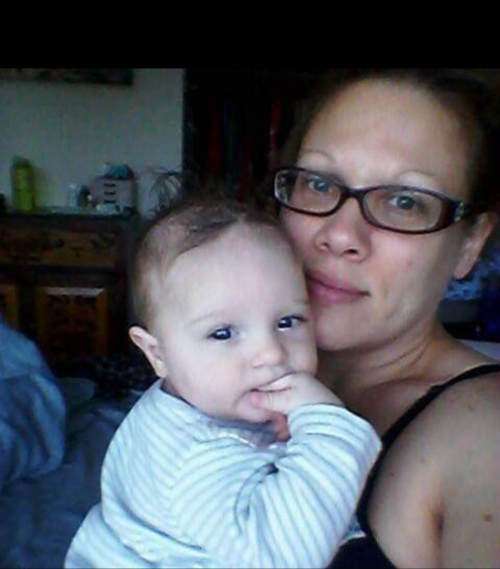 The Diagnosis
The Diagnosis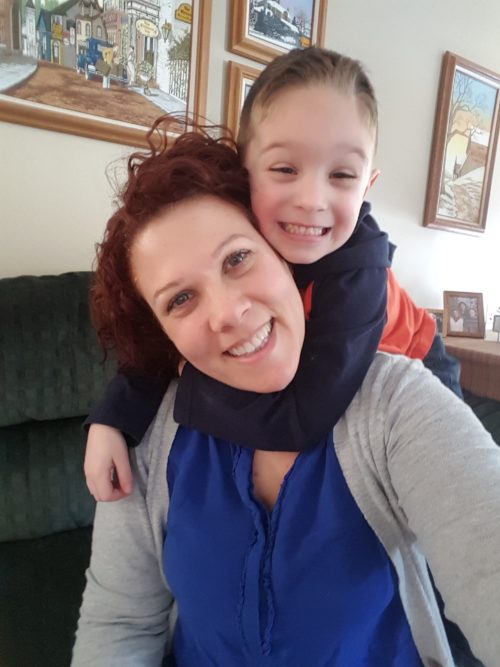

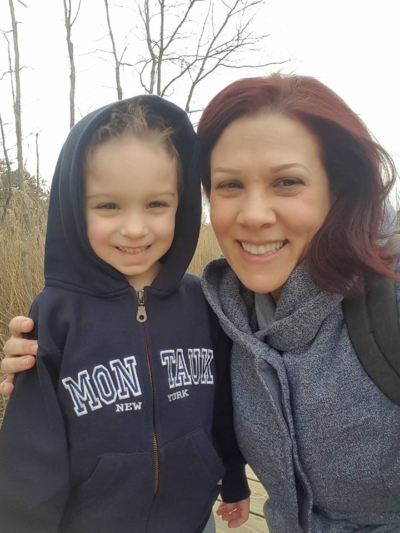
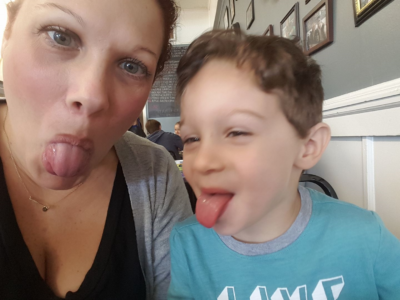

 The Power of Words
The Power of Words
 Want support?
Want support?
